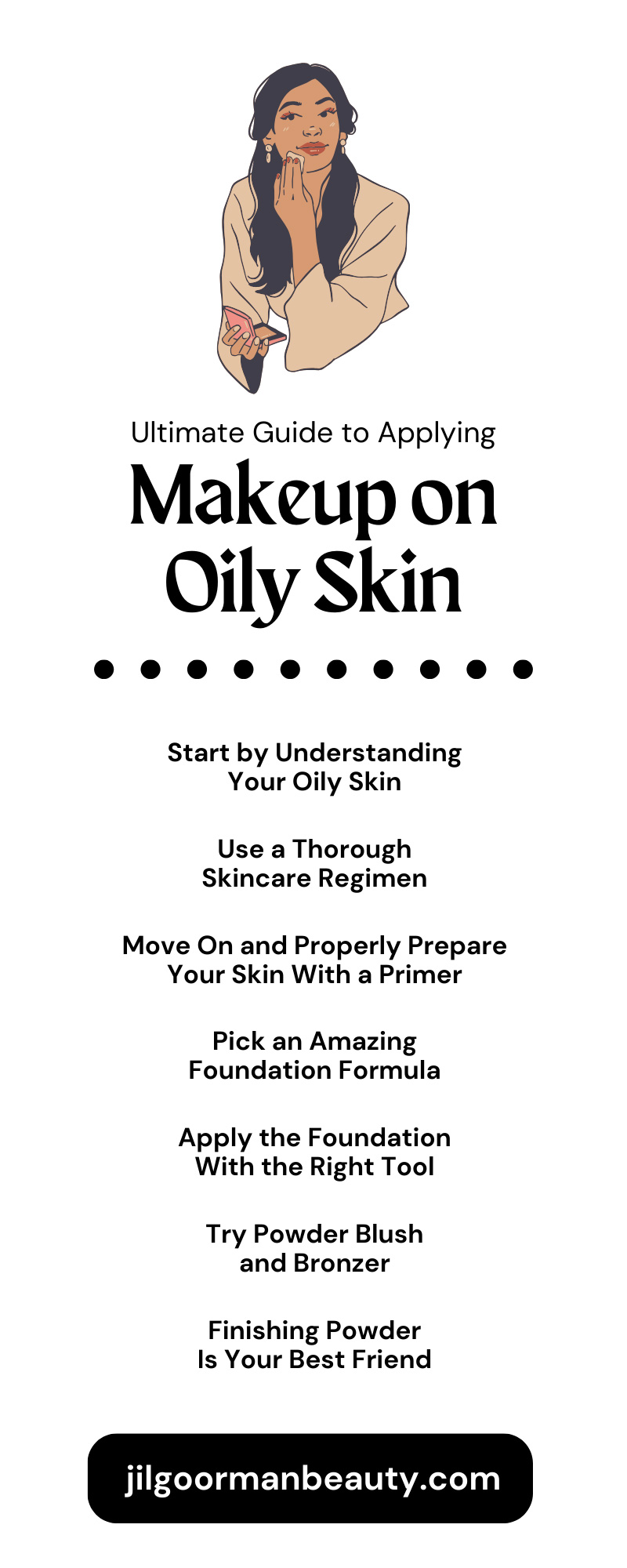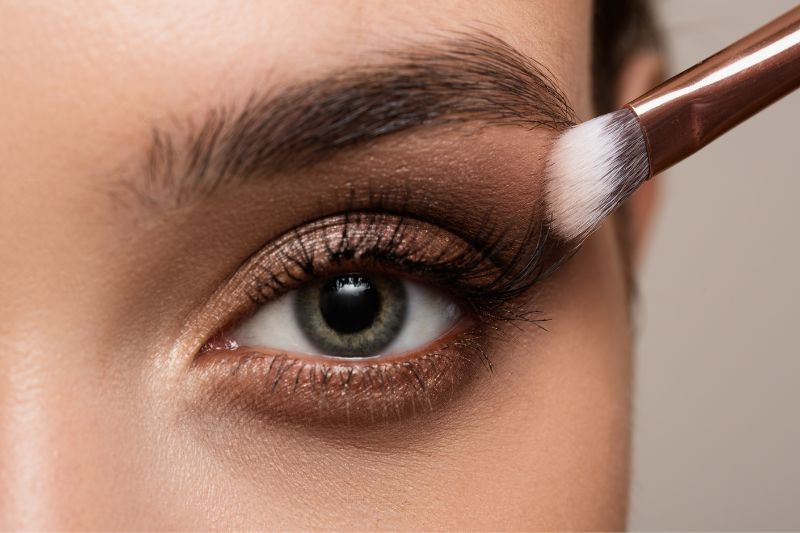It seems like every time you go to the effort to apply makeup, it slips right off your skin! Your skin naturally produces oil on your forehead, nose, and chin. Many want to use makeup to cover up this natural shininess, but for some, their efforts never work out.
Fortunately, there are better methods to try for those who struggle with excessive oil. Use this ultimate guide to applying makeup on oily skin for a result that is nothing like you’ve ever had before!
Start by Understanding Your Oily Skin
You may feel frustrated with your oily skin, but there’s a reason it behaves the way it does. Oily skin results from overactive sebaceous glands that produce excess sebum. In return, the face often appears shiny, and you may experience clogged pores and acne.
Use a Thorough Skincare Regimen
Individuals with dry skin worry about using too many products that will dehydrate their face and result in a flaky appearance. Those with oily skin face the opposite problem; they want to refrain from products that are too moisturizing and heavy in an attempt to reduce shine and inflammation. If you want your makeup to stay on longer and look incredible, you need a healthy and clean base to start with.
- Cleanse: Utilize a foaming cleanser designed for oily skin once in the morning and once at night. If you have persistent acne, consider incorporating additional skin care for oily acne-prone skin. Cleansing will eliminate bacteria, sweat, dirt, and oils from the skin and prevent clogged pores and acne breakouts.
- Toning: Applying toner helps to clear and reduce the appearance of pores. Search for products with ingredients such as salicylic acid, alpha-hydroxy acids (AHAs), witch hazel, and niacinamide to exfoliate, prevent acne, or hydrate the skin. Always avoid any products that include alcohol in the ingredients list!
- Exfoliation: Exfoliating twice a week will rid the face of the top layer of dead skin cells. Removing dead skin increases the production of collagen and encourages new and luminous skin cells to form. Remember to stick to a routine when you’re exfoliating; doing this too often could trigger an overproduction of oil.
- Moisturizing: Oily skin benefits from additional hydration, too! Healthy skin can regulate oil production, minimizing the shiny appearance that stems from oils attempting to compensate for dryness. Choose an oil-free, non-comedogenic moisturizer to hydrate your skin.
It is crucial to remember that oily skin needs as much care as any other skin type. Maintaining a regular skincare routine can help you manage the oiliness. When you’re ready to apply makeup, your skin will already have an effortless glow without the shiny streaks across the forehead and nose.
Move On and Properly Prepare Your Skin With a Primer
The most common obstacles people with oily skin face are larger pores, a shiny complexion, and makeup sliding right off the skin. Blurring pores, mattifying your skin, and making your makeup stay are all possible when you prep with the proper primer.
Look for primers at your favorite beauty store or drugstore that use phrases including matte, oil-free, grip, and pore-blurring. These are features you’ll want in a makeup primer. Products with these characteristics are more likely to control shininess, minimize pores, and give your foundation a sturdy surface to stick to.
Pick an Amazing Foundation Formula
You may see famous individuals rave about the newest foundation that sits on their skin flawlessly. But don’t throw your money at those products quite yet.
When you have oily skin, you want to guarantee you’re choosing products with a formula specially designed for your skin type. Foundations with a natural or matte finish will minimize oiliness. Just like the primer, you’ll want to opt for an oil-free product.
Decide whether you want a heavy or lightweight foundation in a liquid or powder formula. Everyone has differing preferences. Just remember to stay away from products that advertise themselves as resulting in “dewy” foundations.
Apply the Foundation With the Right Tool
Now that you have your primer on and picked out your amazing foundation, it’s time to figure out how to apply the foundation. There are several different brushes and sponges to use, but which one is going to create an even and smooth finish?
A stipple brush provides the best finish for oily skin because it ensures coverage for every area. Lightly dip the tips of the stipple brush into the liquid or powder foundation. Then, pat the product evenly across the face. Afterward, swirl the product in small circles using the side of the brush to produce an even base.
Try Powder Blush and Bronzer
There’s always a debate about whether cream or powder blush and bronzer is best. The truth is that both products are amazing! The disparity lies in your skin type.
Powder blush and bronzer use formulas that absorb excess oil on the skin. They’re wonderfully pigmented and provide a matte finish that will complement the rest of your makeup.
Cream products are more likely to slide off or melt away as the face produces oil throughout the day. If you want blush and bronzer that will stand the test of time, powder products are the clear answer!
Finishing Powder Is Your Best Friend
Finishing powder is a game-changer for individuals with oily skin who use makeup. Many overlook this lightweight product, but it can significantly improve the longevity and finish of your makeup.
Finishing powder’s oil-absorbing properties control shine and provide a matte finish. This product can blur and smooth out pores, making skin texture less noticeable. Finally, the finishing powder is perfect because it is unlikely to clog pores or cause breakouts!
An Alternative To Finishing Powders
If you’ve tried finishing powder or similar products that haven’t worked in the past, you may prefer a setting spray. Choose one that will have a matte finish for a long-lasting and smudge-proof makeup look.
Applying makeup on oily skin presents challenges, but it’s not an impossible endeavor by any means. This ultimate guide will result in fewer makeup malfunctions in the future. Now, you have the knowledge to select the proper products designed for oily skin, helpful instructions for your skincare routine, and notes for a careful application process!


